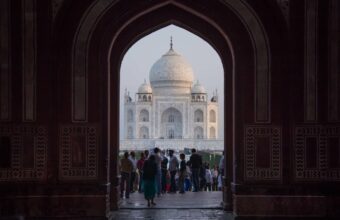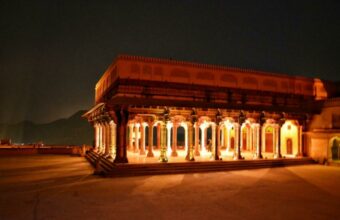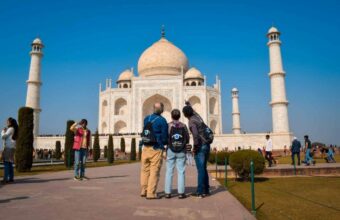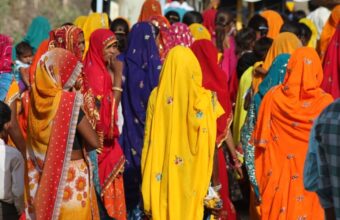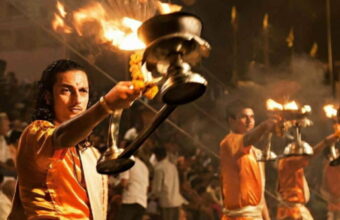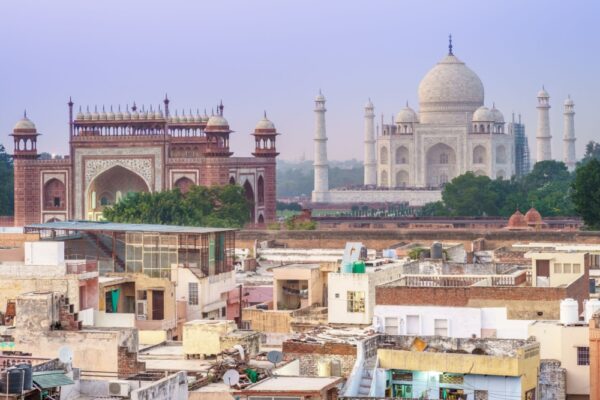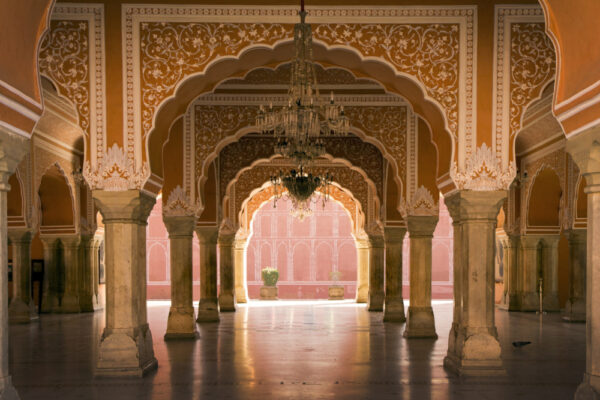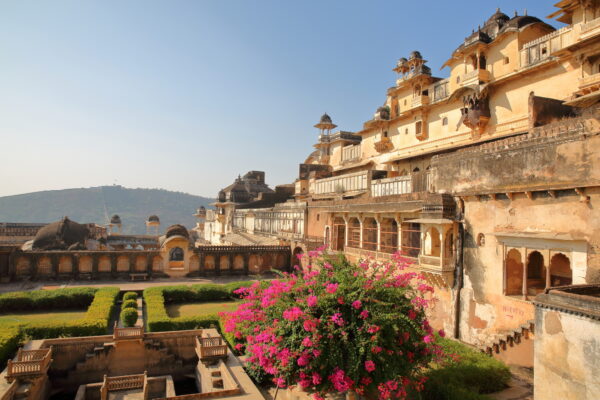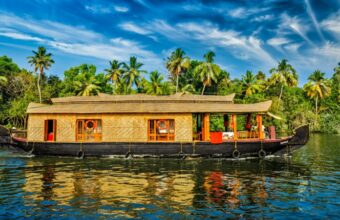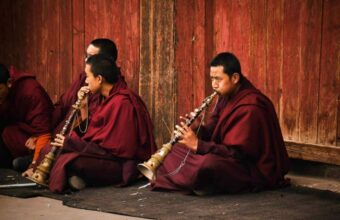Visiting The Historical Palaces & Forts Of Rajasthan
The historical sites of Rajasthan, India's 'Land of Kings'
Rajasthan is India’s royal state. Dubbed the ‘Land of Kings’, its rich history can be traced back to the Indus Valley Civilisations of 2000 BCE, with excavations in Bundi showing prehistoric settlements.
However, it is the Rajputs for whom Rajasthan is best known. Beginning in the 9th century, this dynasty gave Rajasthan both its initial name of Rajputana and its most profitable period. The Rajputs were a cluster of different communities and clans who came together to share a common ideology and culture, synonymous with being a warrior clan.
The two Rajput kingdoms that stood out were the Sisodias of Mewar whose capital was Chittorgarh (and later Udaipur), and the Rathores of Marwar with Jodhpur as their capital. Many more existed in the region, often fighting against each other. In Indian history, Rajputs are synonymous with tales of chivalry, romance and flamboyance, as told through folk tales.
But the various Rajput clans who set up small kingdoms slowly emerged as a combined force. They were in almost constant conflict with the Mughals, with things coming to a head in the 16th century with Mughal Emperor Akbar. He had married a Rajput princess and formed alliances with some rulers, but the Sisodias and Rathores refused to countenance an allegiance. A 1526 battle saw Akbar take Chittorgarh, with the town’s women famously self-immolating to preserve their honour.
In the 18th century, The British East India Company convinced many of the Rajput states to join them, forming an independent state with the new name of Rajasthan. Most of the rulers became vassals of the British Raj. There were around 19 states which eventually merged into Rajasthan.
Rajasthan and the Golden Triangle is a firm fixture in India's tourism industry and the region has excellent travel infrastructure and services for all travel types and budgets. Here's our essential guide on planning a trip to Rajasthan; highlights, what to see, and how to get around.
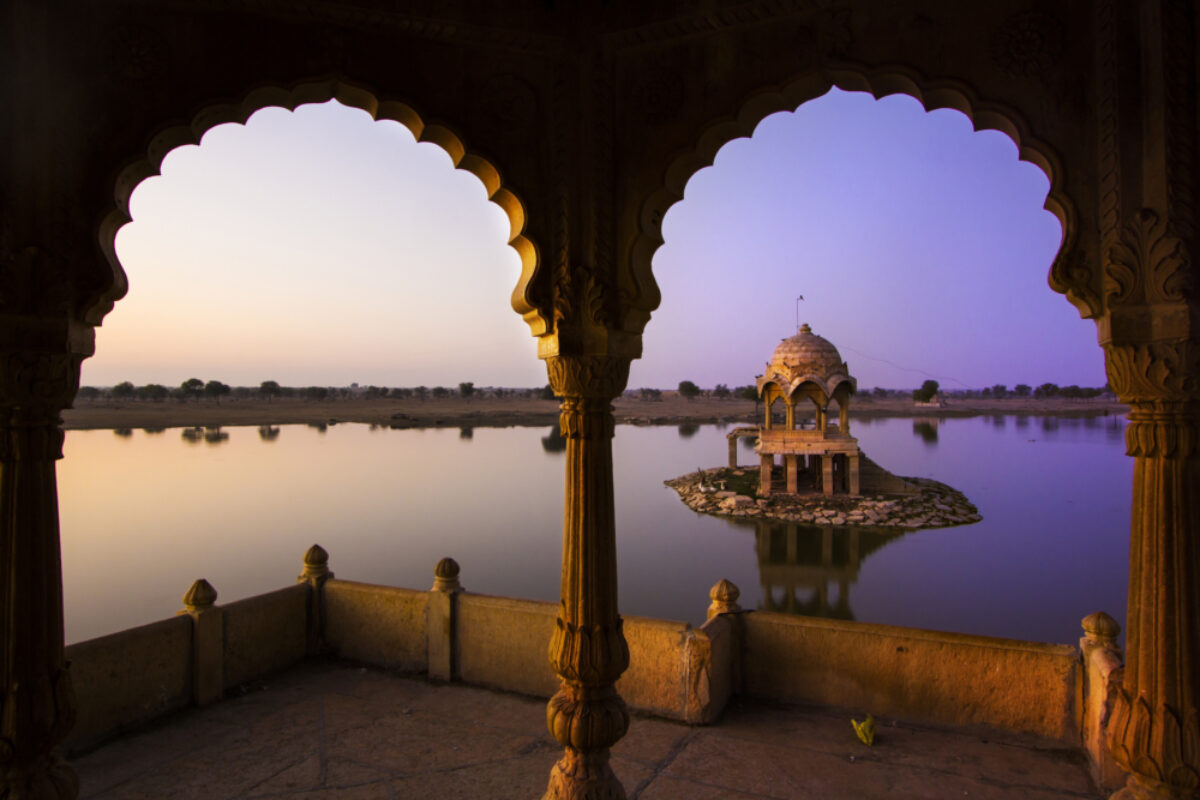
Picturesque Gadisar Lake lake, Jaisalmer
featured trips
Rajasthan's best historical palaces and forts
Highlights, what to see, and how to get there
Today, Rajasthan is known for its royal history, filled with colour, valour and courage. Remnants of its past remain in its rich traditions, folklore and crafts. Its imposing palaces and forts remain a trademark of Rajasthani architecture, set in the vast desert and mountains that surround it.
Here's our rundown of the region's most spectacular and iconic sights and how to see them all.
Taj Mahal & the Golden Triangle
First, a fairly major caveat: only Jaipur is actually located within Rajasthan. Delhi and Agra (home to the iconic Taj Mahal), the other two corners of India's famous Golden Triangle, are outside the state's eastern border. However the vast majority of visitors to the state will be visiting both, so we think we can be forgiven for including them here.
The Golden Triangle cities of Delhi, Agra and Jaipur are all located within 250km of each other and can be covered by road or rail. This is a trail filled with history and laced with stories — you get to see forts and palaces, mosques and mausoleums.
The iconic Taj Mahal is on everyone’s itinerary but there is also the Red Fort, a UNESCO World Heritage Site. Old Delhi is more fascinating with its monuments and markets, while colourful Jaipur offers palaces and forts.
Plan for a minimum of five days to see the Golden Triangle — but more is always better.
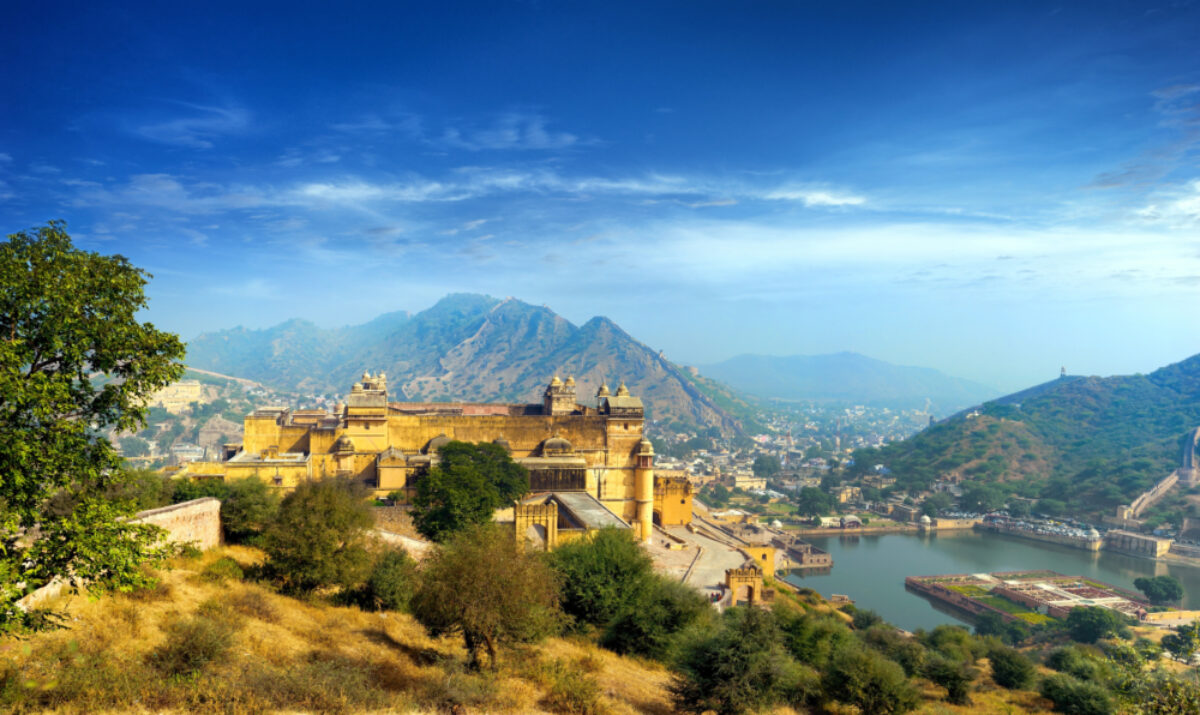
Amber Fort overlooking Jaipur
Amber Fort, Jaipur
Rajasthan’s capital is picture postcard perfect and is the gateway to all the state has to offer. There are palaces, forts, temples, stepwells, gardens and lakes all waiting to be explored.
Jaipur’s Old City is painted in shades of terracotta (Jaipur’s nickname is the Pink City) and its crumbling buildings are awash with history.
Forts and palaces are the city's runaway highlights. Amber Fort (or Amer Fort) is the main draw. Built in the 10th century and constructed from red sandstone and marble, the fort boasts elaborate ramparts, opulent palaces and old temples. Make time for the city's other key sights, including Jaigarh Fort, Nahargarh Fort and the City Palace.
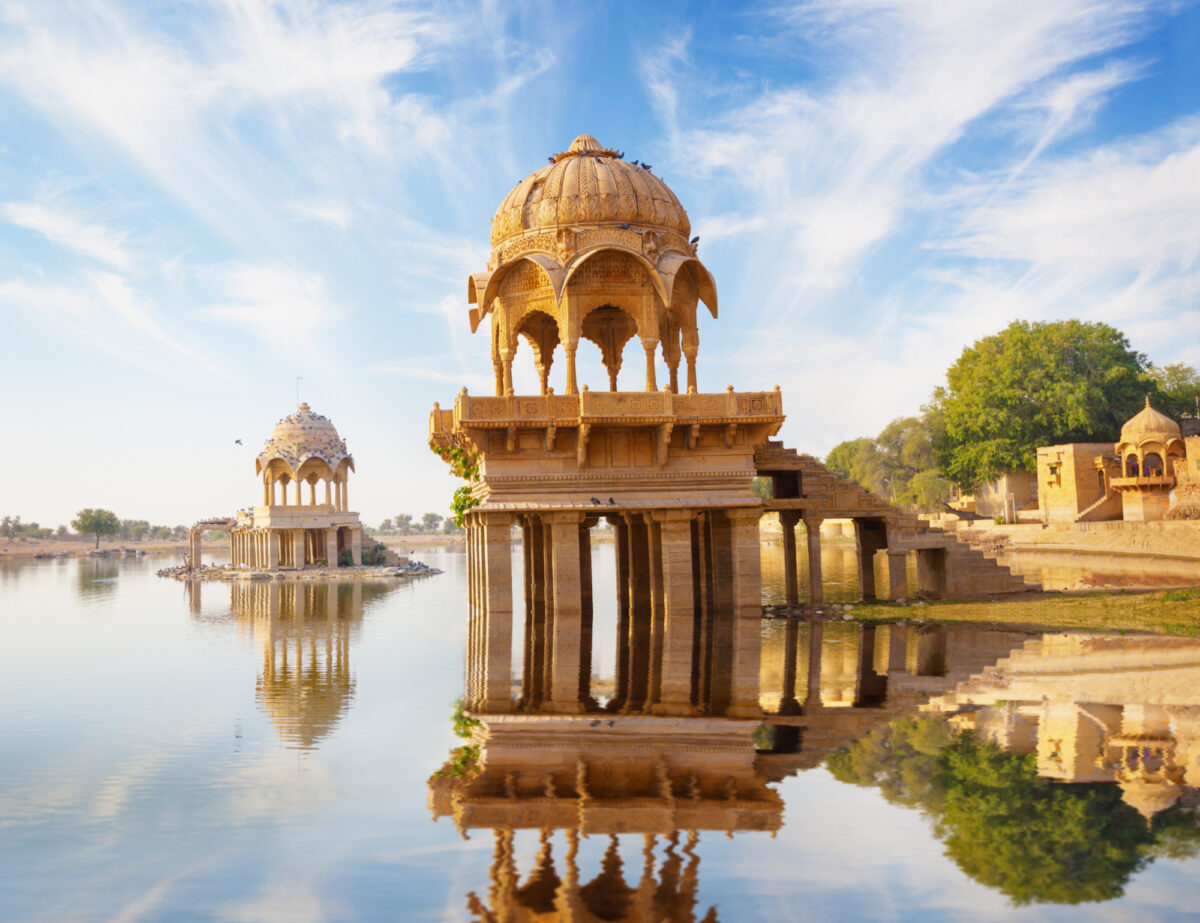
Ornate cenotaphs on Gadisar Lake
Jaisalmer Fort
An 800-year old living fort, the never-ending sand dunes of the Thar Desert and haunting tales bring the Golden City of Jaisalmer alive.
Glowing in shades of yellow, Jaisalmer was founded in the 12th century by Rawal Jaisal of the Bhatti clan and is famous for its fort. It earned the name the Golden City from the yellow sandstone used to build the fort and houses of the Old Town, creating a golden glow over the town. Nearly 4,000 people still live in Jaisalmer Fort — more than a quarter of Jaisalmer’s population.
Other historical sights include the city's Jain temples and Gadisar Lake with its elaborate cenotaphs.
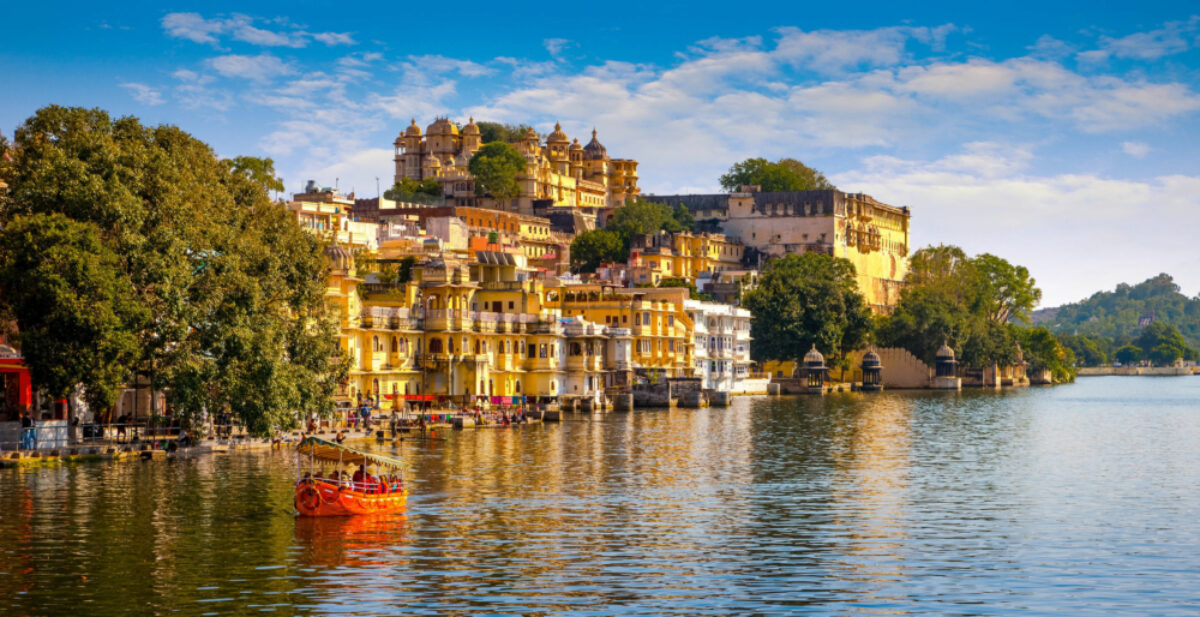
City Palace overlooking Lake Pichola
City Palace, Udaipur
The City of Lakes is one of the most beautiful places in Rajasthan. Capital of the Mewar kingdom, Udaipur was founded in the 16th century by Maharana Udai Singh II, before becoming the capital of neighbouring Chittorgarh. Known for its palaces, the city is surrounded by seven lakes and the Aravalli range of mountains.
There is something intrinsically romantic about Udaipur as you lose yourself in its lakes, palaces and gardens, so it’s no surprise the city is a sought after wedding destination. While there are seven lakes in and around the city, the most popular are Lake Pichola and Fateh Sagar Lake.
Standing tall along the banks of Lake Pichola, City Palace is actually a series of palaces stitched together — all built in different eras starting from the 16th century. There are eleven individual palaces here, filling Udaipur’s skyline and forming the largest palace complex in Rajasthan.
read more
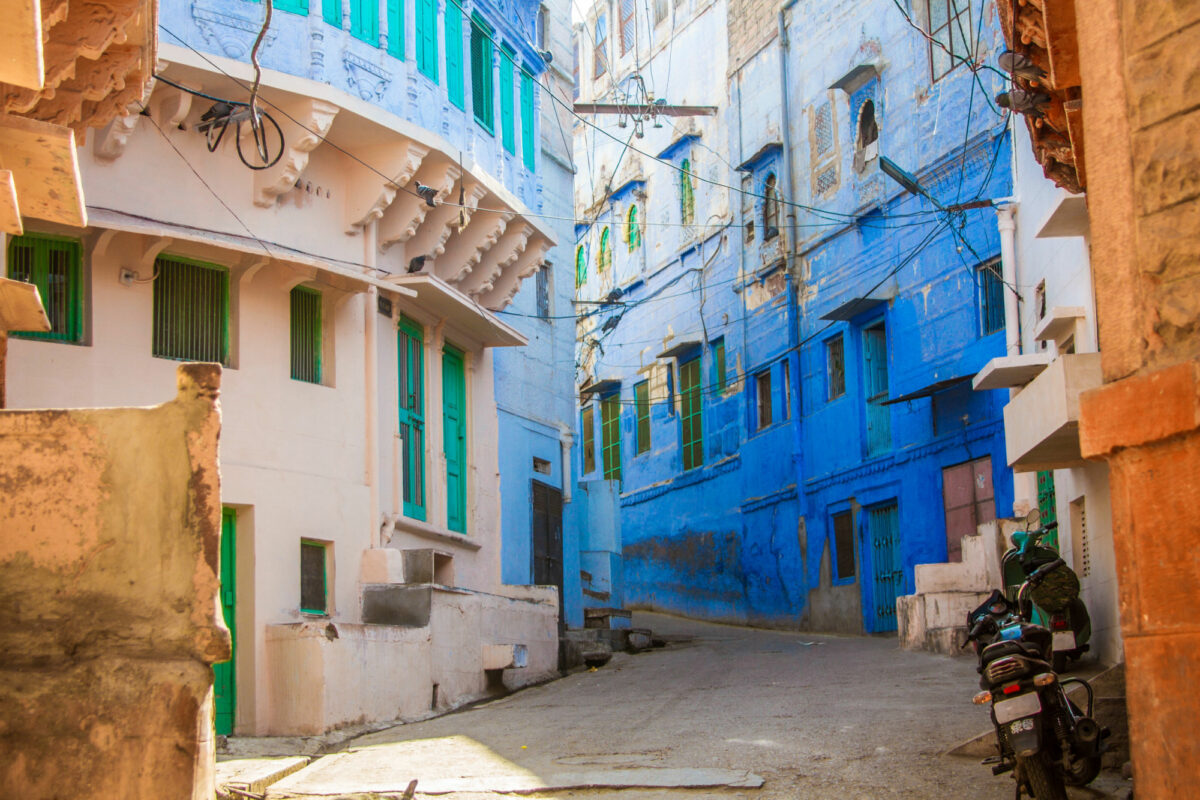
The winding streets of the 'Blue City'
Mehrangarh Fort, Jodhpur
Known as the Blue City, Rajasthan’s second largest city is dominated by the formidable 15th century Mehrangarh Fort. Palaces, citadels and cenotaphs set in lush gardens surround Jodhpur, but it is the iconic shade of blue that gives it its identity.
One of the largest and best maintained forts in India, Mehrangarh was built in 1459 by Rao Jodha, the founder of the Marwar Kingdom and the city of Jodhpur. Standing on a rocky outcrop, the fort is 410ft above the city, encircled by walls and surrounded by gates.
There are several palaces, courtyards, temples and cannons inside the fort, which offers great views of the blue-clad city below. There are seven entrance gates, of which two — Jayapol and Fattehpol — were built by different rulers to commemorate their military victories. It’s about a 300m walk up through the hills to Mehrangarh from the Old City. If you’re feeling lazy, you can take an autorickshaw up the winding road.
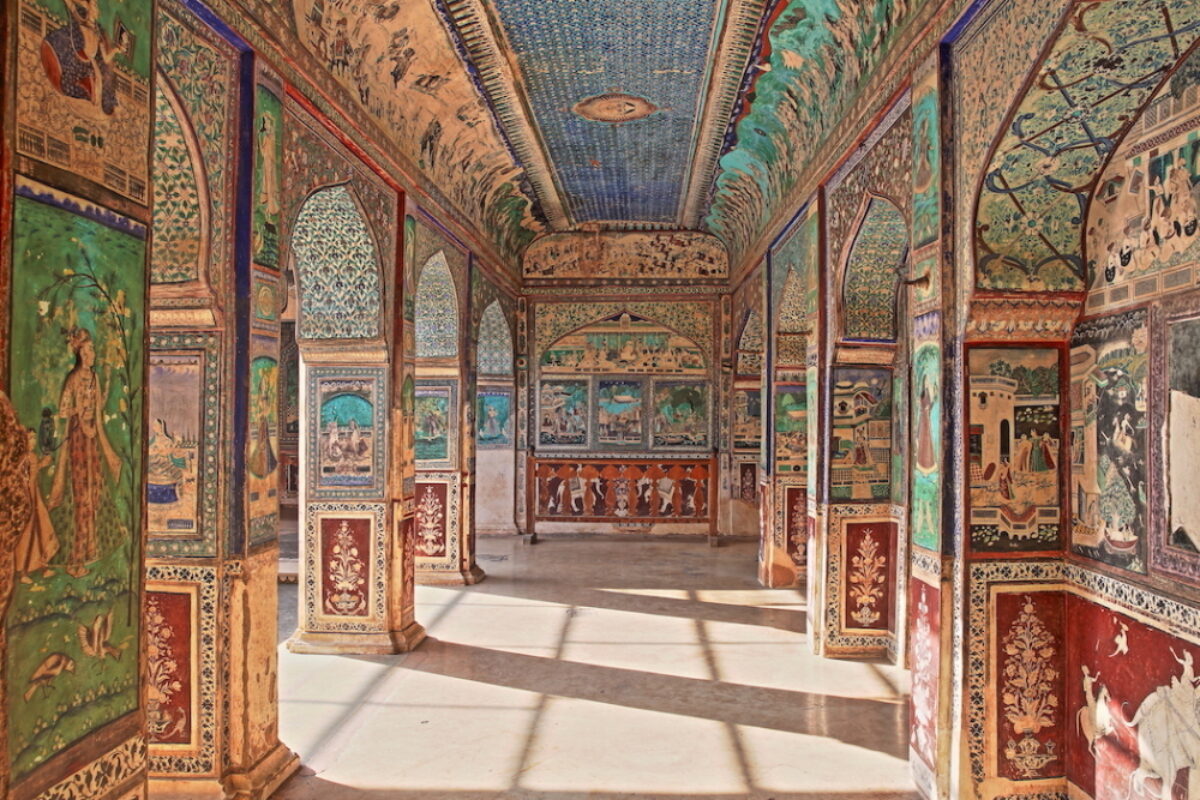
Intricate murals of Chitrashala
Taragarh Fort, Bundi
Rajasthan’s ‘other’ Blue City is known for its beautiful paintings tucked away in the Chitrashala, the art gallery inside the Bundi Palace. Less well-known compared to the other cities of Rajasthan, Bundi is a beautiful place full of unique architecture, such as the aptly-named Taragarh or Star Fort. The city’s place in literature is secured – Bundi inspired Rudyard Kipling when he wrote Kim, with the author staying at the Sukh Mahal.
Bundi has some amazing viewing points, so head to the Taragarh Fort for a view over the city. This 14th-century fortress’ name means the Starry Citadel, and this is a perfect place to do some stargazing on a clear night. The fort houses the Garb Gunjam cannon which rather curiously means The Thunder from the Womb. Although crumbling in places, the fort is worth the steep climb for its palaces, murals and views over Bundi. Watch out for the monkeys.
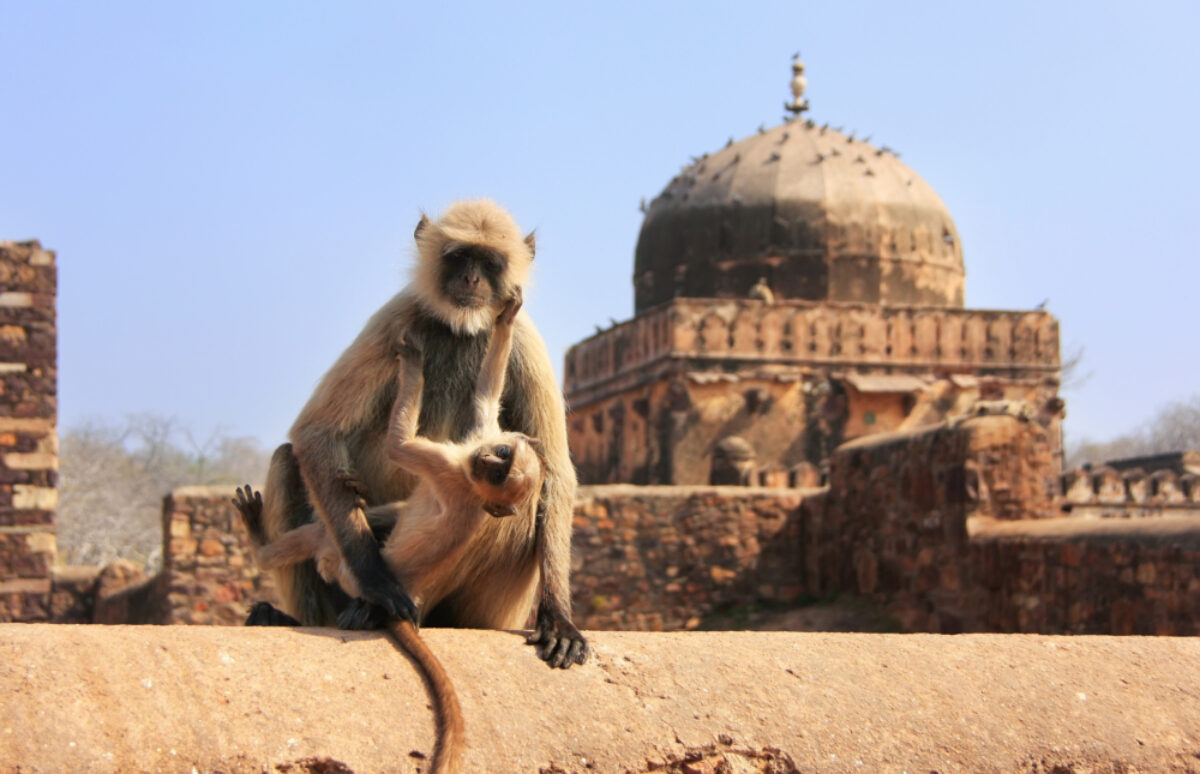
Ranthambore Fort, Sawai Madhopur: Ranthambore Fort has a varied history — as well as being a royal residence, it was used as a prison during the Mughal era.
Architecture of Rajasthan
The history of Rajasthan is shown through its many forts, palaces and historical buildings. Almost every major city — and many minor ones — will have some form of architectural wonder to explore.
Temples
Rajasthan’s temples date back to the 4th century, although more ornate and architecturally interesting temples began to develop from the 9th century. These typically had sculptures and marble carvings, such as the stunning Delwara complex at Mount Abu.
Other notable temples include the Brahma Temple in Pushkar, which is one of the few in India dedicated to Brahma. This Hindu god was said to be cursed with having no places of worship on earth. Take a holy dip in Pushkar Lake before offering your prayers in the temple.
For a change of pace, visit the Karni Mata temple in Bikaner, which holds more than 20,000 black rats. Each time a rat dies, a statue is built inside the temple complex.
Havelis
Havelis (mansions) were the homes of rich merchants and traders in Rajasthan’s cities. Decorated with stone carvings and interiors of murals and frescoes, each merchant tried to outdo the next to show their importance and wealth.
Every major city in Rajasthan will have havelis worth visiting, but Jaisalmer is a particular hotspot. Look out for the Patwon Ki haveli and the elephants of Nathmal Ki haveli.
Chattris and baoris
Built to commemorate the region’s maharajas and nobles, chattris (cenotaphs) are a frequent feature of Rajasthan’s architecture. Chattri literally translates as umbrella, which references the dome-like structure that covers the cenotaph.
Rajasthan’s desert location means that conserving water has always been a major issue. Baoris are stepwells that were traditionally built to provide drinking water. Over time, they became meeting places and temples, decorated with sculptures and carvings. The 46m deep Ranji Ki Baori in Bundi is a fine example, showcasing carvings of Lord Vishnu.
Hill forts and palaces
These sprawling complexes often housed whole cities within them, including palaces, temples and trading centres. Built on hillsides, these forts used natural defences to protect themselves, such as forests, deserts and of course, hills. The views from the forts are spectacular.
Although initially conceived for protection from invading armies, these forts quickly became more extravagant as royal families settled in. Some of the best examples of Rajput architecture can be found in its palaces. Two of the most striking are the Hawa Mahal in Jaipur and the City Palace in Udaipur. Look out for the sheesh mahal (hall of mirrors).
Visiting these forts is a chance to experience and imagine Rajasthan in its Rajput period, when kingdoms nudged up against each other and courtly culture helped develop the region’s arts, textiles and music.
There are eight main hill forts in Rajasthan, clustered around the Aravalli mountains. Designated as UNESCO World Heritage sites, these forts were built by Rajput kings and date from the 5th century.

